The Sumitomo Rubber Group bases all of its decision-making on “Our Philosophy”, a corporate philosophy structure developed from the Sumitomo Business Philosophy, which has been passed down through the 400-year history of the Sumitomo Group. We are advancing social contribution activities.
The Group’s Sustainability Management Promotion HQ plays a central role in promoting biodiversity initiatives in an integrated manner, in cooperation with top management and other departments.
The Sumitomo Rubber Group is in the process of assessing nature-related business risks and opportunities.
We recognize that conserving endangered animals and plants involves risks and opportunities that could impact our reputation with consumers, society, and investors.
Regarding the conservation of endangered animals and plants, we foresee the following potential impacts on our business operations: loss of customers, damage to corporate image and ESG ratings, and divestment by investors and financial institutions if our efforts to preserve ecosystems are considered inadequate. To address this, we are advancing measures such as obtaining “Sustainably Managed Natural Site” certification and engaging in conservation activities for endangered species.
The targets and results are as follows.
| 2024 targets | Conservation efforts for endangered, near-threatened, and rare species at domestic bases, along with continued grants to various organizations through our CSR Fund |
|---|---|
| 2024 results | Donations: 33 million yen (non-consolidated results) Sumitomo Rubber Industries CSR Fund: 61 organizations, 17 million yen |
| 2025 targets | Conservation efforts for endangered, near-threatened, and rare species at domestic bases, along with continued grants to various organizations through our CSR Fund |
| Medium-to long-term targets | Same as above |
In fiscal 2024, we were involved in conservation activities focused on endangered, near-threatened, and rare species (five species of animal and 15 species of plant) at all eight of its sites in Japan, consisting of factories, the Head Office, and the Tire Proving Ground., and achieved certain results at each location (as illustrated in the examples below). We will continue to promote conservation activities for rare and endangered animals and plants at our bases of operations in Japan in fiscal 2025.
The Kakogawa Factory in Hyogo Prefecture is engaged in transplanting “Fujibakama” (Eupatorium japonicum) cultivated on its grounds to Kakogawa River beds as well as providing this plant to neighboring corporations and cities. Meanwhile, the Ichijima Factory strives to preserve the great purple emperor (Sasakia charonda), a designated national butterfly, and the tiny loach fish Lefua echigonia (Cobitidae family). The above butterfly was also found to be emerging on the premises of the Okayama Tire Proving Ground. In “Kobe Mount Rokko GENKI Forest,” we are currently striving for the preservation and breeding of the Japanese bellflower, a rare species. Having collected seeds from native grown flowers, we have nurtured seedlings and transplanted them to areas where we engage in conservation activities.
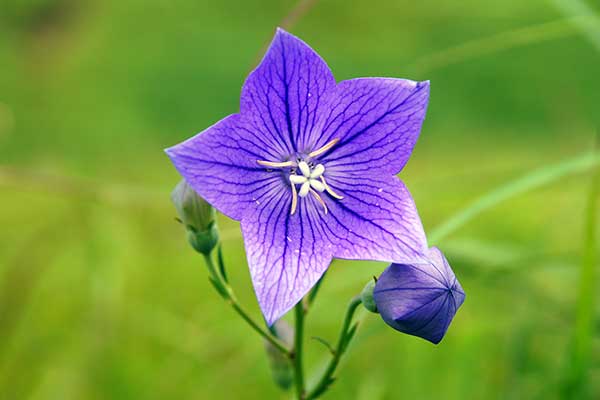
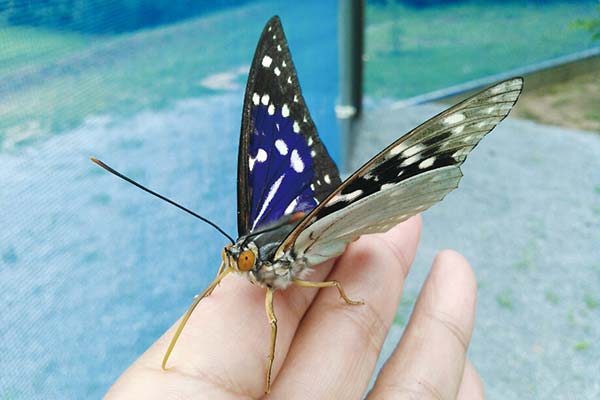
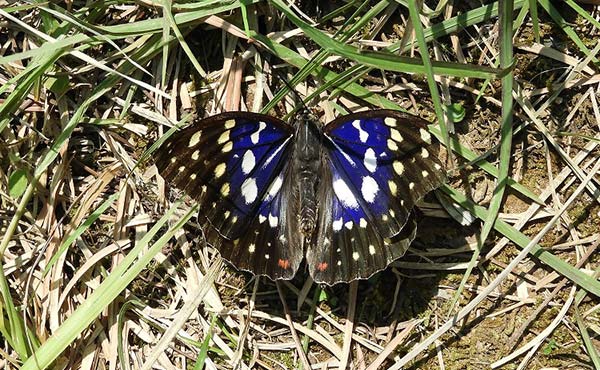
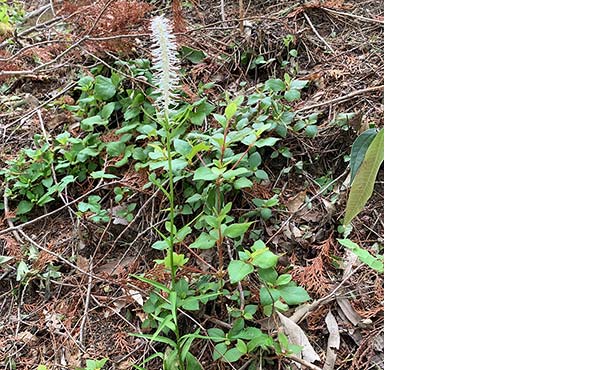
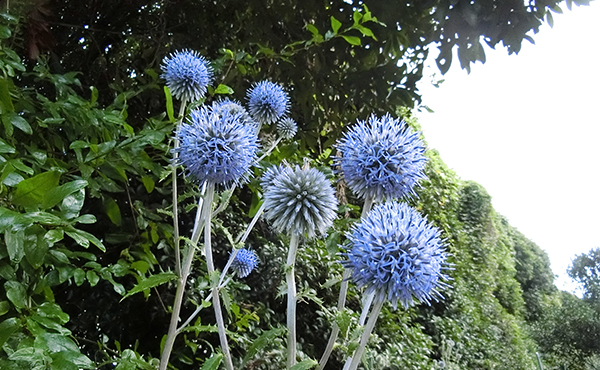
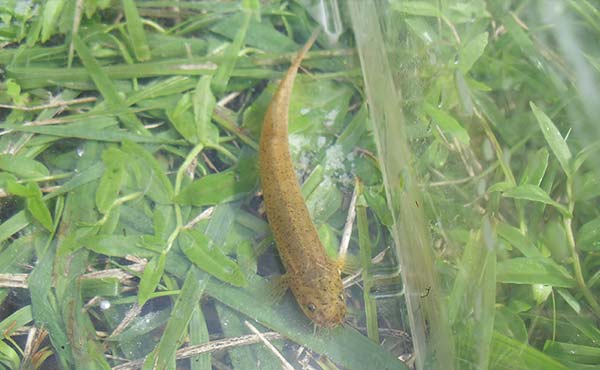
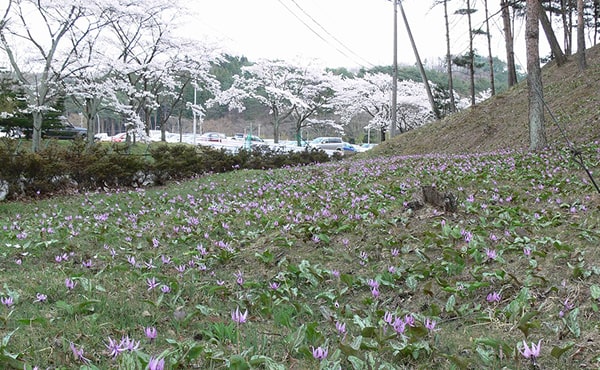
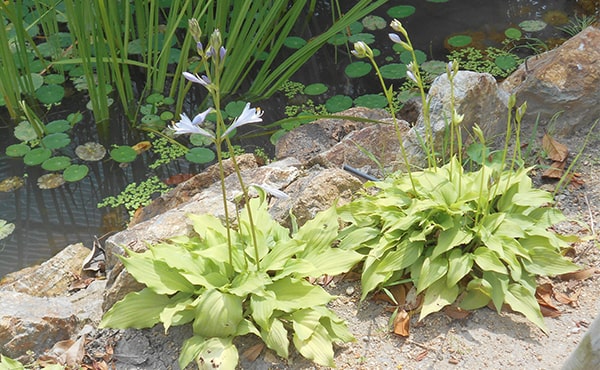
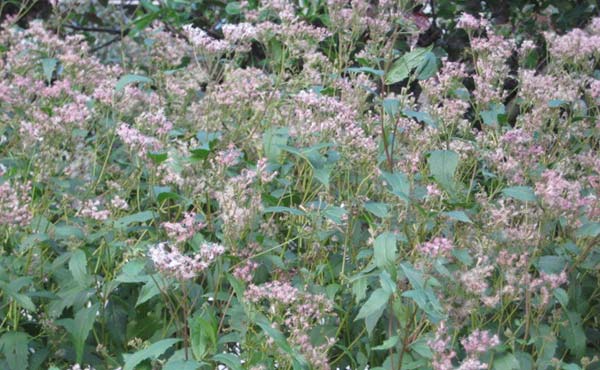
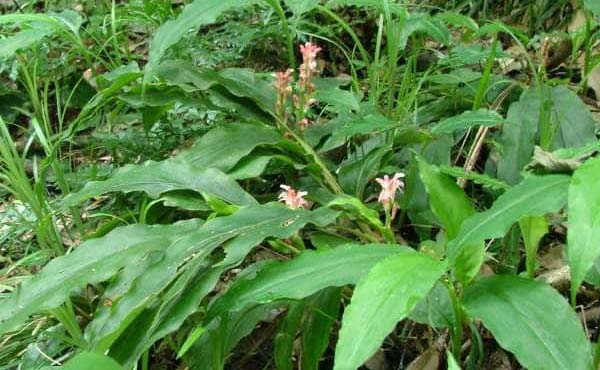
The Sumitomo Rubber Group is carrying out creation of biotopes within its business bases so that a wide variety of organisms living in these areas may be able to build natural ecosystems unique to such areas. Five biotopes are now established in total: the Shirakawa Factory “Shirakawa no Izumi,” the Nagoya Factory “Koromo no Izumi,” the Kobe Head Office “Soso no Izumi,” the Miyazaki Factory “Kirishima no Izumi,” and the Ichijima Factory biotope. The biotopes in those regions were created by the hands of employees on their days off. With the cooperation of local residents, we preserve, nurture and return endemic plants and aquatic life to local areas.